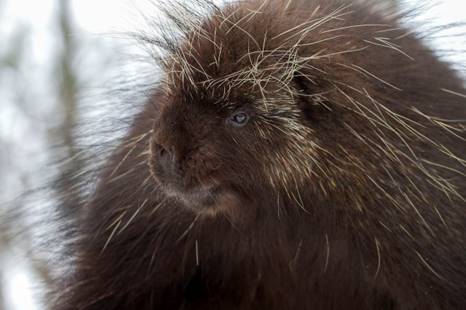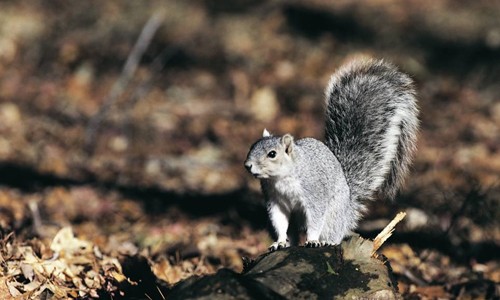Western Meadowlark (Sturnella neglecta)
“Warbles and trills and solo after solo … the air was magically busy. None of us spoke while the songs of the birds poured undiluted. I suppose we were afraid the spate of loveliest sound would vanish if we broke it with so much as a whisper. But after a bit came the realization that […]
Western Meadowlark (Sturnella neglecta) Read More »




